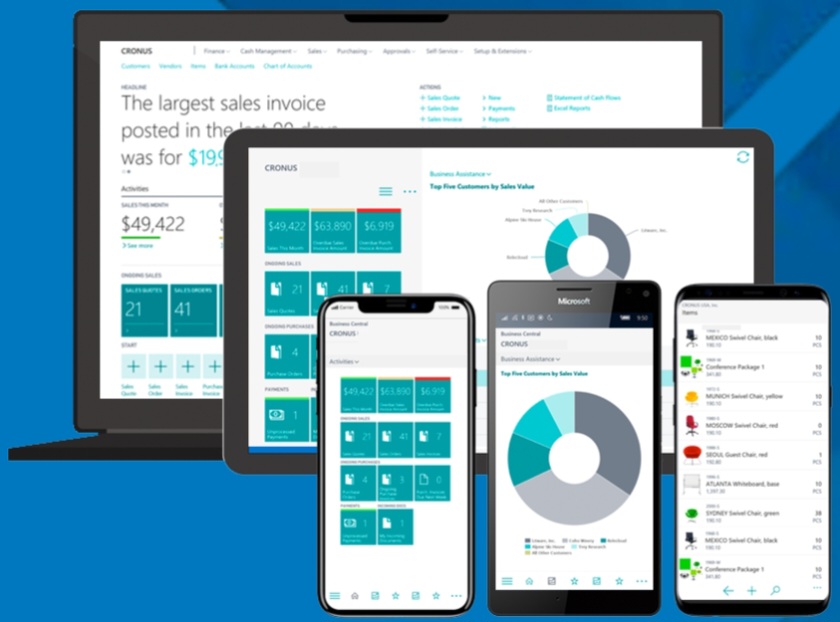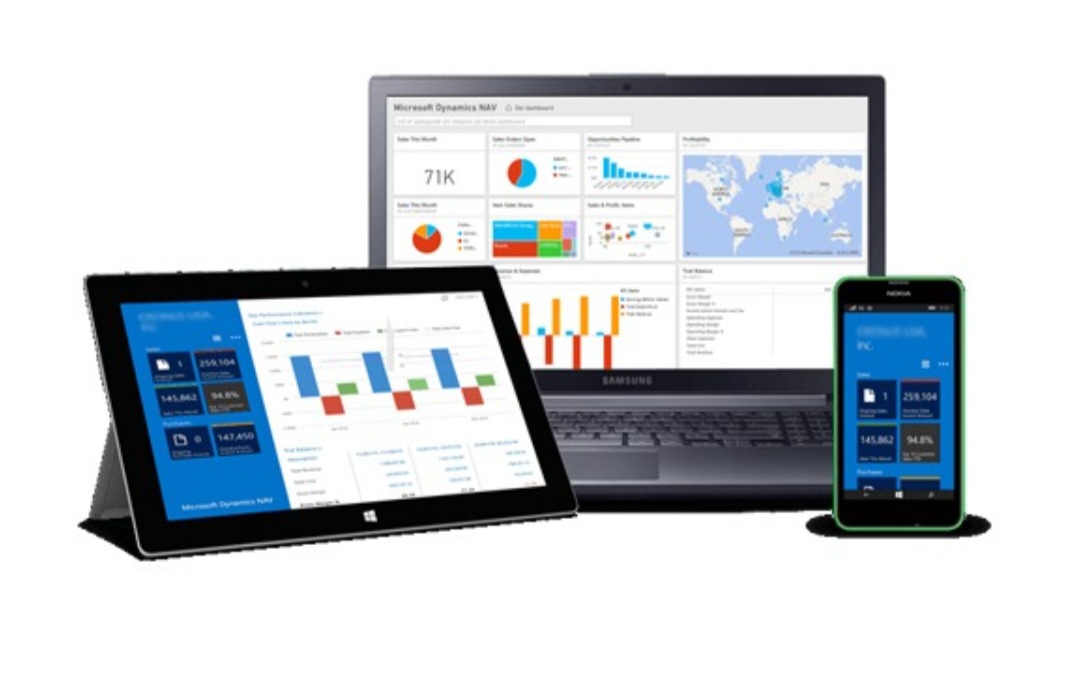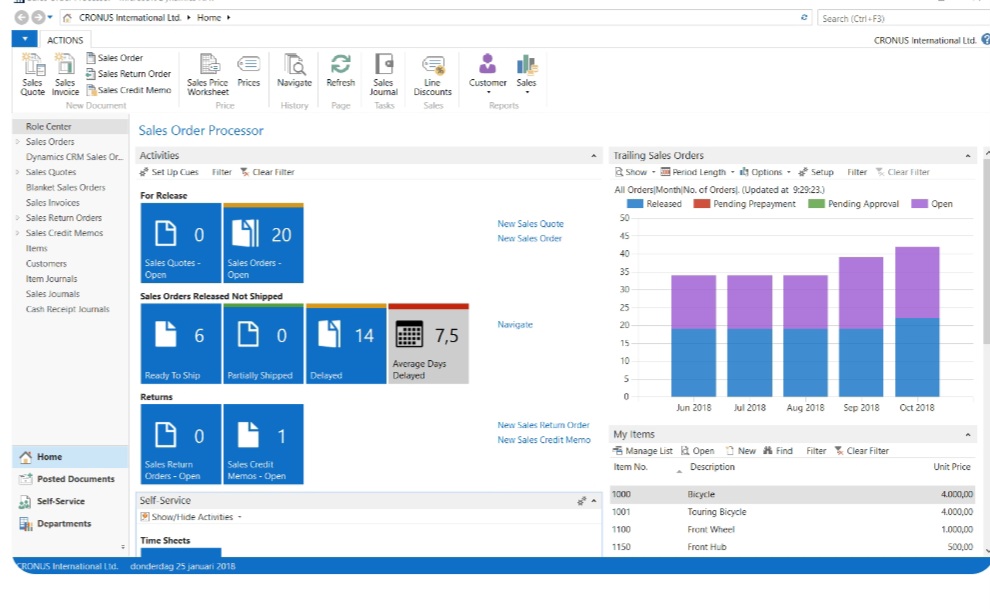
The benefits you definitely gain from DWH (Data Warehouse) development are:
A well-designed and integrated data warehouse provides efficient and secure data access throughout your entire organization.
Carefully selected data warehouse platforms allow you to save up to 60% effort in implementation, administration, and support.
Data warehouse consulting services include continuous optimization of your infrastructure and costs.
Enhance overall process visibility and make business decisions based on clean and accurate data.
How Does the Entire Process Work?
Strategy
During this phase, we will explore the existing ecosystem, including:
Clarifying the vision and goals of stakeholders.
Reviewing the environment and existing systems.
Assessing current capabilities and scalability.
The second phase, 'Discovery,'
Involves a service to help you validate your idea, select a technology stack, assess return on investment (ROI), and build a feasible prototype. It includes:
Defining client business needs.
Analyzing existing reports.
Reviewing and documenting existing data sources and data connectors.
Budget assessment for the project and team composition.
Data quality analysis.
Detailed metric analysis.
Logical design of the data warehouse.
Logical design of ETL (Extract, Transform, Load) process architecture.
Proposing several solutions with different technology stacks.
Building a prototype.
Development
Based on your needs and the chosen technology stack, our experts will build a reliable data warehouse. Some of the steps will include:
Physical database design and schema.
Data source integration.
Development of data extraction, transformation, and loading (ETL) routines.
Data profiling.
Loading historical data into the data warehouse.
Implementation of data quality checks.
Data automation optimization.
Achieving data warehouse stability.
Continuous Support
We will assist you in building a dedicated support team for your data warehouse. Generally, support will include:
Resolving issues within the Service Level Agreement (SLA).
Reducing storage and processing costs.
Minor enhancements.
System monitoring.
Continuous cost optimization.
Product support and bug fixes.


Frequently Asked Questions
This may sound like a straightforward question: Why should my company use a data warehouse strategy? However, there are several unique answers to this question based on your individual business plan, goals, and budget. Here are three reasons why your business might benefit from investing in a data warehouse strategy. Your business can benefit from data mining.
Data mining involves a central database and a comprehensive business process. In short, data mining is the process of identifying hidden patterns within specific data that your business inputs. Recognizing these patterns, whether it's about current or future consumer trends or upcoming market trends, a data warehouse strategy allows you to stay one step ahead of the competition. One of the advantages of implementing a data warehouse strategy is ensuring consistency. Herzing University further explains the specifics of consistency when choosing a data warehouse strategy: 'Data warehouses are programmed to apply a unique format to all collected data, making it easier for corporate decision-makers to analyze and share insights into data with their colleagues worldwide.' Consistency is crucial in your business to leverage patterns and trends. A data warehouse strategy provides you and your company with a competitive edge. Through possible integrations, your business data can be manipulated and presented to employees and stakeholders to reinforce your goals and intended directions. Additionally, your company's data can inform and inspire your employees to seize opportunities that were previously invisible without a data warehouse strategy.
The short answer to this question is: it depends on the type of data you use in your business. In most modern cases, data is collected and stored in the original system or software. Accessing data from the source system can often be achieved programmatically through APIs, manually through exports in CSV, Excel, JSON, or if the source developers wanted to make it easier, through a direct database connection. To transfer that data to a data warehouse, two of the most common methods for data warehousing that currently exist in the market are ETL (Extract, Transform, Load) and ELT (Extract, Load, Transform). Data Warehouse ETL Strategy: Method One
One of the popular methods for loading information into a data warehouse is using ETL. ETL stands for Extract, Transform, Load. In the ETL strategy, data is first stored in a temporary staging database. After this stage, transformation operations are performed to structure and reshape the data into the appropriate format for the target data warehouse system. The final part of the ETL process is when the structured data is loaded into the data warehouse, transformed, and prepared for analysis. Data Warehouse ELT Strategy: Method Two
Another popular method for data warehouse strategy is the ELT method. ELT stands for Extract, Load, Transform. This method is slightly less complex than the previous one, allowing data to be loaded immediately after being extracted from the original data sources. Of course, the ELT method can appear to be faster than the ETL method, but it can cost you a lot of money. Many of us, regardless of the industry, have heard the saying 'time is money,' especially when it comes to addressing data warehouse strategy questions.
Your answers to the following questions will help you understand if you need a Data Warehouse (DWH) and what type of Data Warehouse you may need.
How large are your data? If you have massive amounts of data (e.g., over 100 million rows), you may need to move the data to a system that can support large-scale searches and fast aggregations. A DWH is certainly a good solution for this.
How 'clean' are your data? If your data requires aggregation, anonymization, or cleaning to be analyzed quickly and effectively, it may make sense to periodically preprocess the data and store it separately. If your dataset is not huge and your data is clean, you may be able to directly query your data or a precise copy of it.
Can you use aggregated data? It's possible to create dashboards that show the current state of your business by analyzing a nearly real-time cloned operational database. However, real-time data can take up a significant amount of storage. If you're more interested in trends and daily/weekly/monthly/quarterly numbers, it might be better to create summarized tables of your live data. There may also be other cases where you'll want to aggregate detailed data to save space or ensure customer information.
Where and how are your data stored? If your data is stored in SQL databases like MySQL or PostgreSQL, your BI tool can directly access them or easily maintain a copy for use by the BI tool.
However, if some of your data is in sources that your BI tool cannot connect to, you may need to copy that data into a SQL database or data warehouse.
Do you need to merge databases? If you need to combine data from multiple databases or different data sources (such as customer data from your website and internal operational systems), you may need to use an ETL (Extraction, Transformation, and Loading) process to build an analytical database.
The responsibility for your data warehouse strategy will depend on the type of solution you choose.
If you opt for a self-managed data warehouse strategy, you will need a team of IT managers, data experts, engineers, and data analysts.
Each of these roles plays a crucial part in managing your data warehouse.
Your IT managers from various IT disciplines are experts in setting up and maintaining the infrastructure from the ground up. These teams manage the physical components of your data warehouse.
Your data experts and engineers should have skills and knowledge that align with the data warehousing platform you are implementing. For example, if you choose to use Google's data warehousing services, your engineers should be GCP certified. The same goes for Redshift, Azure, AWS, and other providers.
Lastly, your data analysts translate your ETL requirements into actual processes on your data.
Having these teams in place is not a prerequisite when opting for a managed data warehouse solution. Instead, automation and behind-the-scenes maintenance achieve the same (if not better) results as having a full team on the ground.
How many data sources can be integrated into the DWH?
The number of data sources you can integrate with your data warehouse solution depends on the specific solution. However, data warehouse solutions typically offer many options for data integration. This includes major databases and custom data storage solutions.
Here are some data sources you can integrate into your data warehouse solution:
- Websites and social media pages
- ERP and accounting packages
- Relational databases (PostgreSQL, MySQL, etc.)
- Unstructured databases (NoSQL, MongoDB, etc.)
- Data lists in documents (CSV, Google Sheets, etc.)
Using APIs and one-time authorizations, you can create data bridges that offer high performance and require very little maintenance.
Essentially, if there's an API, you can send data into your data warehouse.
We don't have a central database; can we still have a DWH?
Yes, you can still have a data warehouse even if you don't have a central database. Data warehousing is an ideal way to collect information from all your data sources into a central location. A data warehouse allows you to consolidate all your company's data into one source of truth, regardless of where the data originates and in what format.
Once inside your data warehouse, your data will be in predictable formats and have well-understood attributes. This makes it easier to analyze that data or integrate other data sources.